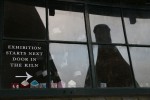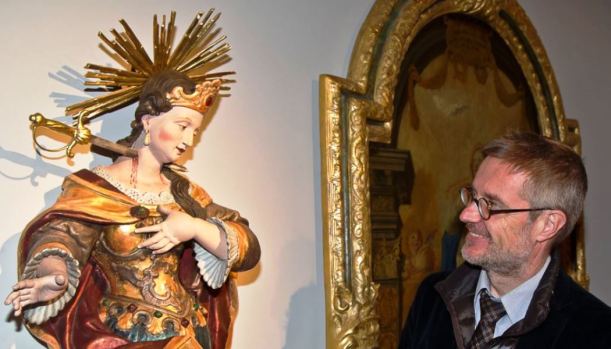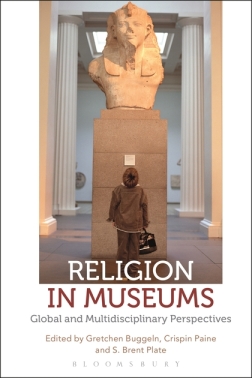 Announcing the publication of Religion in Museums: Global and Multidisciplinary Perspectives, edited by Gretchen Buggeln, Crispin Paine, and S. Brent Plate.
Announcing the publication of Religion in Museums: Global and Multidisciplinary Perspectives, edited by Gretchen Buggeln, Crispin Paine, and S. Brent Plate.
Currently on sale for £11.99 in paperback or ebook/PDF from the UK publisher and $17.97 for the paperback or $11.99 for the ebook/PDF from the US publisher.
From Bloomsbury.com:
Bringing together scholars and practitioners from North America, Europe, Russia, and Australia, this pioneering volume provides a global survey of how museums address religion and charts a course for future research and interpretation. Contributors from a variety of disciplines and institutions explore the work of museums from many perspectives, including cultural studies, religious studies, and visual and material culture. Most museums throughout the world – whether art, archaeology, anthropology or history museums – include religious objects, and an increasing number are beginning to address religion as a major category of human identity. With rising museum attendance and the increasingly complex role of religion in social and geopolitical realities, this work of stewardship and interpretation is urgent and important.
Religion in Museums is divided into six sections: museum buildings, reception, objects, collecting and research, interpretation of objects and exhibitions, and the representation of religion in different types of museums. Topics covered include repatriation, conservation, architectural design, exhibition, heritage, missionary collections, curation, collections and display, and the visitor’s experience. Case studies provide comprehensive coverage and range from museums devoted specifically to the diversity of religious traditions, such as the State Museum of the History of Religion in St Petersburg, to exhibitions centered on religion at secular museums, such as Hajj: Journey to the Heart of Islam, at the British Museum.
Contents:
Foreword, Sally Promey (Professor of Religion and Visual Culture at the Yale Institute of Sacred Music and Professor of American Studies and Religious Studies, Yale University, USA)
Introduction: Religion in Museums, Museums as Religion, Gretchen Buggeln, Crispin Paine, and S. Brent Plate
Part One: Museum Buildings
1. Museum Architecture and the Sacred: Modes of Engagement, Gretchen Buggeln (Duesenberg Chair in Christianity and the Arts, Valparaiso University, USA)
2. Toward a Theology of the Art Museum, Karla Cavarra Britton (Yale School of Architecture, USA)
3. Native Americans on the National Mall: The Architecture of the Museum of the American Indian, Smithsonian Institution, Gretchen Buggeln (Duesenberg Chair in Christianity and the Arts, Valparaiso University, USA), with Douglas Cardinal (Architect, National Museum of the American Indian, USA) and Tim Johnson (National Museum of American History, USA)
Part Two: Objects, Museums, Religions
4. The Museumification of Religion: Human Evolution and the Display of Ritual, S. Brent Plate (Visiting Associate Professor of Religious Studies, Hamilton College, USA)
5. Altar as Museum, Museum as Altar: Ethnography, Devotion, and Display, Mary Nooter Roberts (UCLA, USA)
6. Religious History Objects in Museums, Lauren F. Turek (Trinity University in San Antonio, USA)
7. Archaeological Displays: Ancient Objects, Current Beliefs, Chiara Zuanni (University of Manchester, UK)
8. Museums, Religious Objects, and the Flourishing Realm of the Supernatural in Modern Asia, Denis Byrne (Western Sydney University, Australia)
Part Three: Responses to Objects, Museums, & Religion
9. Devotional Baggage, Steph Berns (University of Lancaster, UK)
10. Transactional and Experiential Responses to Religious Objects, Graham Howes (Emeritus Fellow of Trinity Hall, Cambridge and a Trustee of the Art and Christianity Enquiry)
11. Museums and the Repatriation of Objects, 1945-2015, Mark O’Neill (Director of Policy, Research and Development at Glasgow Life, UK)
12. The Case for the News Media’s Critical Engagement with Museum Religious Exhibits, Menachem Wecker (Art Critic, Chicago, USA)
Part Four: Museum Collecting and Research
13. Museum Collection and the History of Interpretation, David Morgan (Professor of Religious Studies, Duke University, USA)
14. Community-led Museums Exploring Religious Life in Canada: Abbotsford’s Sikh Heritage Museum and Mennonite Heritage Museum, Matthew Francis (Executive Director, Chilliwack Museum and Archives, Canada)
15. Religious Objects and Conservation: The Changing Impact of Religious Objects on Conservators, Samantha Hamilton (Object Conservator at Museum Victoria; University of Melbourne, Australia)
16. Collecting and Research in the Museum of the History of Religion, Ekaterina Teryukova (Deputy Director for Research Affairs,Museum of the History of Religion, St Petersburg, Russia)
17. Studying, Teaching and Exhibiting Religion: The Marburg Museum of Religions – (Religionskundliche Sammlung), Konstanze Runge (Lecturer in Religious Studies, University of Marburg, Germany)
Part Five: Museum Interpretation of Religion and Religious Objects
18. Radical Hospitality: Approaching Religious Understanding in Museums, Amanda Millay Hughes (Duke University Chapel, USA)
19. Islam and Museums: Learning and Outreach, John Reeve (Lecturer in the Department of Art, Design and Museology, UCL, UK)
20. Museums and Religion: Uneasy Companions, Tom Freudenheim ((Smithsonian Institute, USA)
21. Conversing with the Past: First-Person Religion Programming at Colonial Williamsburg, Gretchen Buggeln (Duesenberg Chair in Christianity and the Arts, Valparaiso University, USA)
22. Religion in Museums for Families with Children, Christian Carron (The Children’s Museum of Indianapolis, USA), Susan Foutz (The Children’s Museum of Indianapolis, USA), and Melissa Pederson (The Children’s Museum of Indianapolis, USA)
23. Bringing the Sacred into Art Museums,Gary Vikan (The Walters Art Museum, USA)
Part Six: Presenting Religion in a Variety of Museums
24. Rich and Varied: Religion in Museums, Crispin Paine (Honorary Lecturer at the Institute of Archaeology, UCL, UK)
25. The Museum of Biblical Art: a Worthwhile Experiment, Ena Giurescu Heller (Director of Rollins College Cornell Fine Arts Museum, USA)
26. Missionary Museums, Christopher Wingfield (Senior Curator, Archaeology, Museum of Archaeology and Anthropology, Cambridge University, UK)
27. Religion at Glencairn Museum: Past, Present, and Future, Ed Gyllenhaal (Curator, Glencairn Museum of Religion, Philadelphia, USA)
Afterword: Looking to the Future of Religion in Museums, Gretchen Buggeln, Crispin Paine, and S. Brent Plate
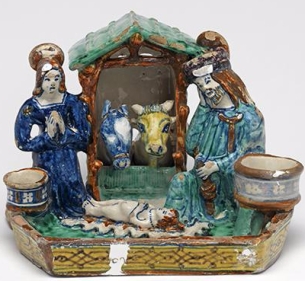

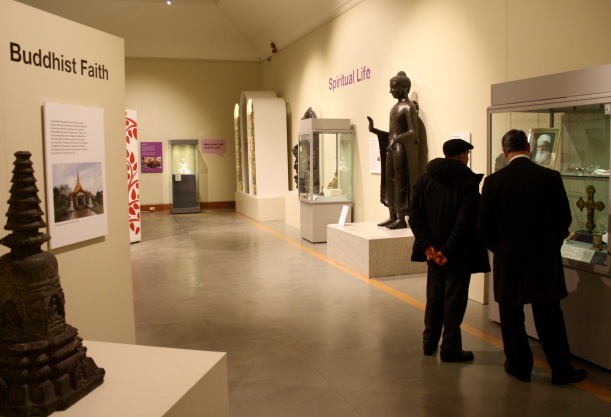

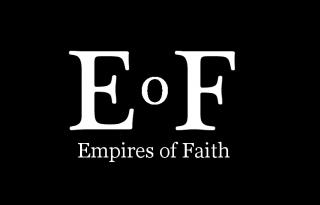 The
The 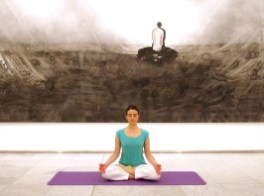
 Announcing the publication of Religion in Museums: Global and Multidisciplinary Perspectives, edited by Gretchen Buggeln, Crispin Paine, and S. Brent Plate.
Announcing the publication of Religion in Museums: Global and Multidisciplinary Perspectives, edited by Gretchen Buggeln, Crispin Paine, and S. Brent Plate.